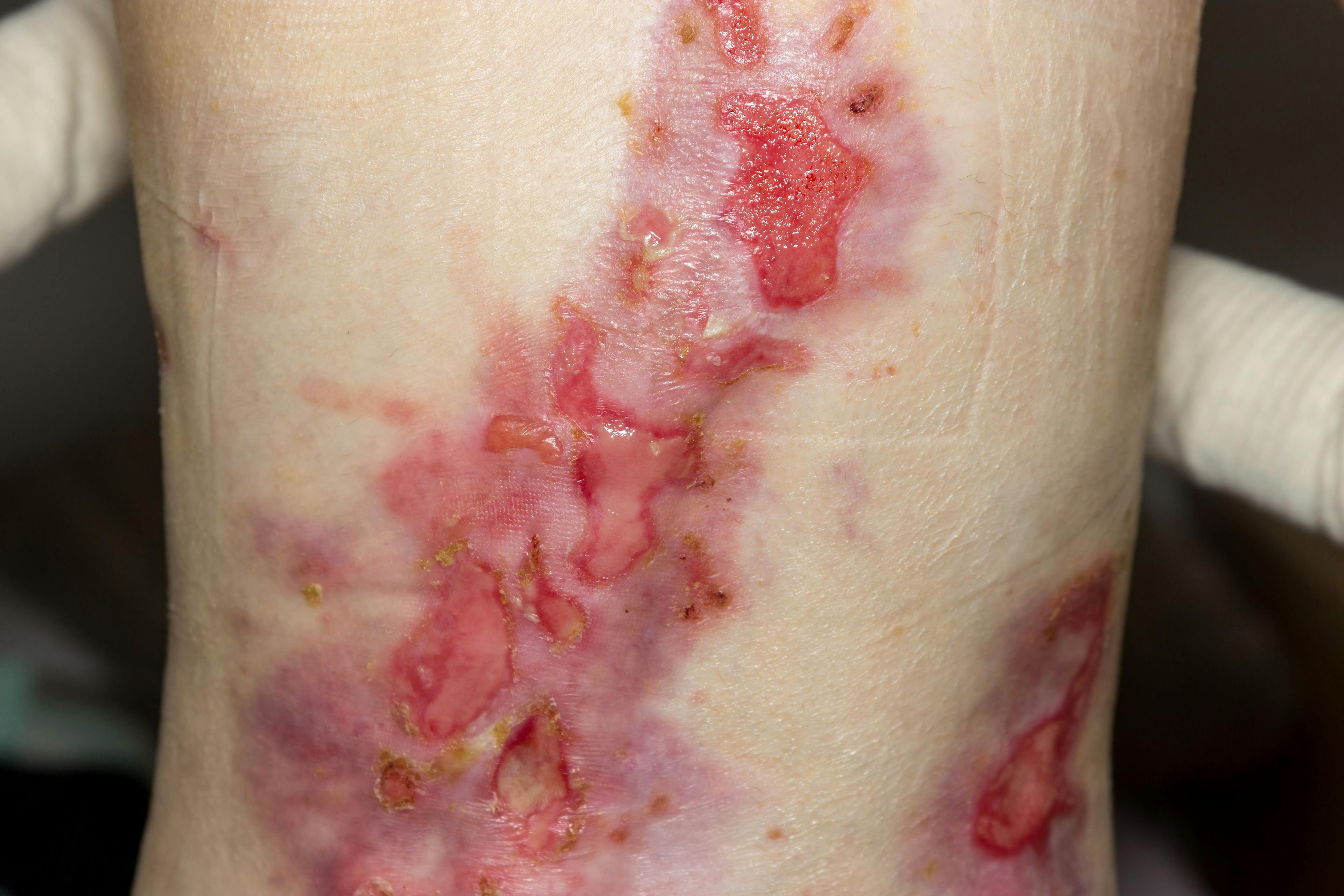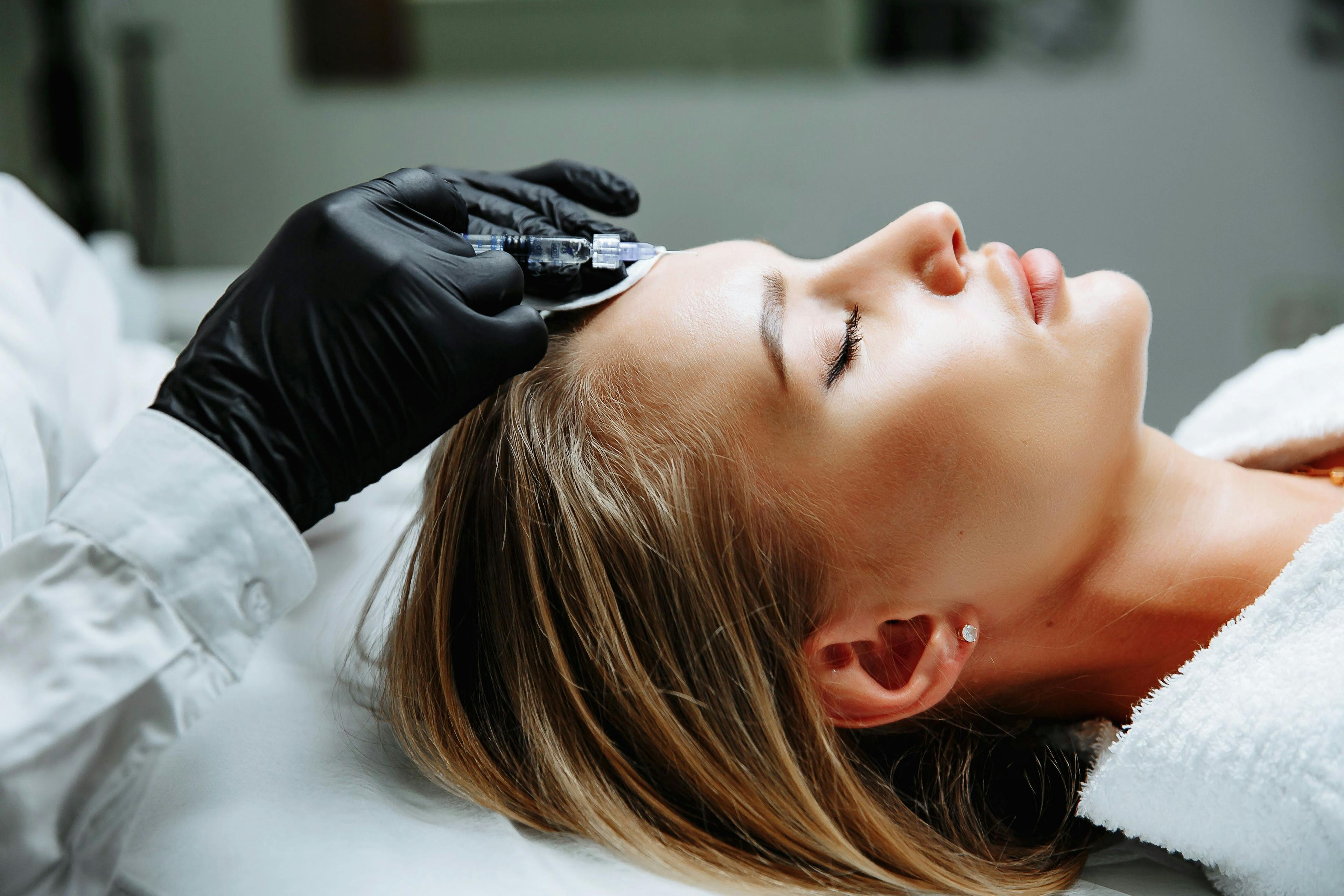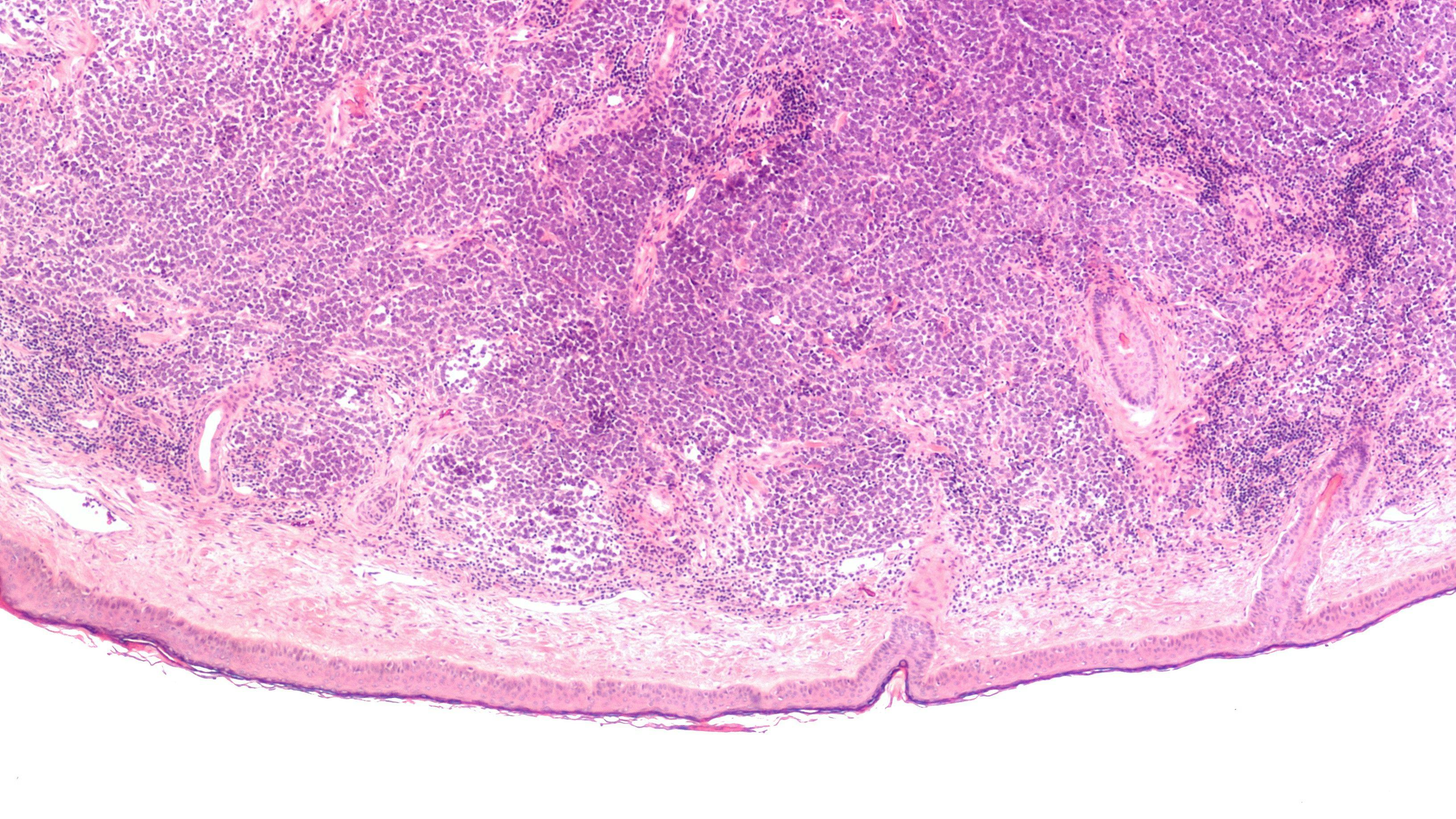- Acne
- Actinic Keratosis
- Aesthetics
- Alopecia
- Atopic Dermatitis
- Buy-and-Bill
- COVID-19
- Case-Based Roundtable
- Chronic Hand Eczema
- Chronic Spontaneous Urticaria
- Drug Watch
- Eczema
- General Dermatology
- Hidradenitis Suppurativa
- Melasma
- NP and PA
- Pediatric Dermatology
- Pigmentary Disorders
- Practice Management
- Precision Medicine and Biologics
- Prurigo Nodularis
- Psoriasis
- Psoriatic Arthritis
- Rare Disease
- Rosacea
- Skin Cancer
- Vitiligo
- Wound Care
Publication
Article
Dermatology Times
Dermatology HCPs Previously Underestimated Patient Burden of Seborrheic Dermatitis
Author(s):
The majority of patients with moderate-to-severe SD have a negatively impacted quality of life, according to a poster presentation from Fall Clinical for PAs and NPs.
doucefleur/AdobeStock

“While most patients described their [seborrheic dermatitis] (SD) as moderate-to-severe and having a significant impact on their quality of life, [health care providers] (HCPs) underestimated the patient-reported severity and level of impact on patient’s quality of life,” revealed Chovatiya et al in a poster presentation from the 2023 Fall Clinical Dermatology Conference for PAs and NPs.1
Chovatiya and colleagues noted that SD is a common condition, but the physical and emotional burdens have not been well characterized. The study authors created an online survey which was conducted by the Harris Poll to better understand experiences and attitudes towards SD among patients and dermatology HCPs. The poster presentation included both the physical and emotional burdens of SD.
Adult patients diagnosed with SD by an HCP completed the survey from December 2021 through January 2022. HCPs specializing in dermatology (including dermatologists, nurse practitioners, and physician assistants) who see ≥1 patient per week and ≥1 patient with SD per year completed the survey from December 2021 through January 2022.
Patient Demographics (n=300)
- 55% of patients were male
- 45% of patients were female
- 52% of patients were white
- 31% of patients were Hispanic
- 12% of patients were Black or African American
- 3% of patients were Asian
- The mean age was 40 years old
HCP Demographics (n=601)
- 67% of HCPs were physicians
- 24% of HCPs were physician assistants
- 10% of HCPs were nurse practitioners
- 41% of HCPs were male
- 59% of HCPs were female
- The mean number of years in practice was 3.1
- The mean number of patients seen per week for all skin conditions was 158
Results
The majority of patients (71%) reported their symptoms as being moderate in severity, but Chovatiya et al noted that “HCPs may be underestimating the percentage of patients experiencing moderate symptoms.” According to the surveys, 71% of patients reported moderate SD severity, while only 41% of HCPs reported moderate SD severity.
Concerning the burden of SD on mental health, 49% of patients reported SD negatively impacts their emotional well-being and 42% reported a negative effect on their physical well-being “a lot/a great deal.” However, of the 85% of HCPs who assessed quality of life (n=511), only 32% recorded that living with SD has “a lot/a great deal” of negative impact on patients' lives. Additionally, 77% of patients reported experiencing anxiety, 72% reported depression, and 69% reported anxiety surrounding social interactions. The HCPs agreed that SD symptoms make patients feel anxiety (79%), depression (70%), and anxiety about interacting with other people (84%).
The social anxiety caused by the burden of SD contributed to 91% of patients reporting a significant negative impact on their social life and interactions, and 83% reported their personal relationships being negatively impacted. Eighty-two percent of patients agreed that they feel embarrassed when someone mentions their SD symptoms, and 86% of HCPs agreed that others did not understand the negative impact of SD on their patients' lives.
According to the patient survey, “a lot/a great deal” of their day-to-day lives are negatively impacted by SD, including the ability to sleep (33%), social life (41%), personal relationships (44%), day-to-day life (46%), clothing choices (48%), daily hygiene routine (48%), and physical appearance/feeling attractive (54%). Almost all HCPs agreed that SD has “a lot/a great deal” of negative impact on their patient’s day-to-day life.”
Lastly, 73% of patients said living with SD negatively impacts their ability to do their job, specifically agreeing that:
- They would be further along in their career if they didn’t have SD (61%)
- SD symptoms made them less confident at work (59%)
- SD symptoms made them less likely to want to interact with people at work (58%)
- SD made them choose a different career path than they originally planned (47%)
From their study, Chovatiya et al concluded that patient’s social life and personal relationships suffer due to SD, and many of the patient’s peers do not understand the burden of SD. A patient’s day-to-day life, physical appearance, hygiene routine, clothing choices, sleep, mental health, and work lives are all negatively impacted by the severe symptoms of SD. Chovatiya et al’s analysis of the burden of SD helps to further inform HCPs of the severe struggle their patients may be experiencing.
Disclosure
The study was supported by Arcutis Biotherapeutics.
Chovatiya, Aldredge, Heath, and Zirwas are investigators and/or consultants for Arcutis and received grants/research funding and/or honoraria.
Chu, Hanna, and Seal are employees of Arcutis.
Reference
- Chovatiya R, Aldredge L, Heath C, Acevedo M, Chu D, Seal M, Zirwas M. Patient and healthcare provider perspectives on the disease burden of seborrheic dermatitis in the United States: results from a national survey. Poster presented at the 2023 Fall Clinical Dermatology Conference for NPs and PAs; June 9-11, 2023; Orlando, FL.

Newsletter
Like what you’re reading? Subscribe to Dermatology Times for weekly updates on therapies, innovations, and real-world practice tips.






























